Definition
noun, singular: lamella
(general)
Thin structures resembling a plate.
(cell biology)
Intergrana thylakoids, i.e. stroma thylakoids that connect grana (stacks of thylakoid discs).
(botany)
(1) Plate-like layers of pectin that cement cell walls of adjacent plant cells, and involved in forming plasmodesmata between cells and rendering stability in plants
(2) Thin scales or plate-like structures growing from the petals in certain flowers.
(3) Thin sheets of cells standing up along the midrib of leaves in mosses.
(mycology)
Radiating leaflike spore-producing structures beneath the cap of a mushroom or similar fungus; gills of the mushroom.
(zoology)
(1) Bony concentric layers surrounding the haversian canals in bone.
(2) Thin layers or pages in a gill book involved in respiration, as in horseshoe crabs
(3) Structures involved in respiration, and are of two types: the primary and secondary gill lamellae that increase the amount of oxygen intake of the blood in fish.
(4) Miniature ridges inside the bills of water-feeding ducks (Anatidae) and water birds (e.g. Phoenicopteridae), and serve as filters during feeding.
(5) Flanges or teeth-forming barriers inside the aperture of a snail’s shell.
(6) Precursors of the prepuce during the development of urinary and reproductive organs in humans.
(medicine)
Small disks of gelatin mixed with a medicinal substance to treat conjuntiva.
Supplement
Word origin: Latin lāmella, small thin plate, diminutive of lāmina, thin plate.
Related forms: lamellar (adjective).
Related phrases: middle lamellae (botany).
Dictionary > Lamellae
You will also like...

Growth and Plant Hormones
Plants, like animals, produce hormones to regulate plant activities, including growth. They need these hormones to respo..
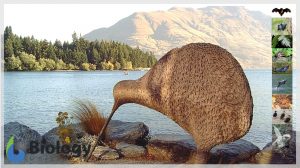
Ecology & Biodiversity: New Zealand Flora & Fauna
New Zealand is known for its unique biodiversity, caused by its remarkable geography and geologic history. Breaking away..
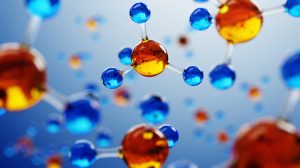
Chemical Composition of the Body
The body is comprised of different elements with hydrogen, oxygen, carbon, and nitrogen as the major four. This tutorial..
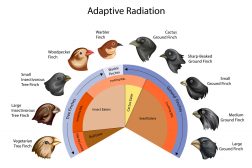
Adaptive Radiation
The diversification of several new species from a recent ancestral source, each adapted to utilize or occupy a vacant ad..
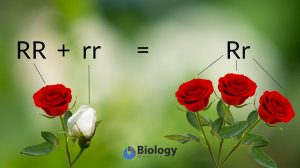
Dominance
This tutorial presents Gregor Mendel's law of dominance. Learn more about this form of inheritance and how it can be pre..
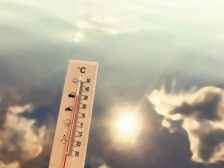
Abiotic and Biotic Factors
This tutorial deals with the abiotic factors of the freshwater environment that determine what sort of life would be sui..

